Extinction doesn’t just wipe out a species—it takes some seriously wild abilities with it.

From creatures that could see in nearly total darkness to others that shrugged off freezing temperatures or crushed prey with ridiculous force, the animal kingdom used to be full of beasts with what can only be described as superpowers. Here are 10 extinct animals that had abilities modern species just can’t match anymore. In some cases, it’s because they simply don’t need these skills. In others, however, these talents would seriously come in handy.
1. Titanoboa could crush prey with impossible force.
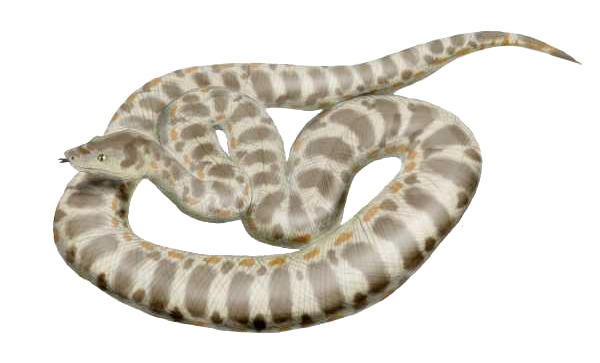
This prehistoric snake was basically a real-life boss fight. Titanoboa could grow up to 42 feet long and weigh over a ton. But the scariest part? Its ability to squeeze the life out of its prey with a force strong enough to rival an industrial compactor.
Modern snakes like the boa constrictor still crush their prey, but nothing comes close to Titanoboa’s sheer size and crushing power. It ruled tropical rainforests after the dinosaurs vanished, proving that terror doesn’t always need sharp teeth—sometimes, coils are enough.
2. Megalodon had the most powerful bite ever.
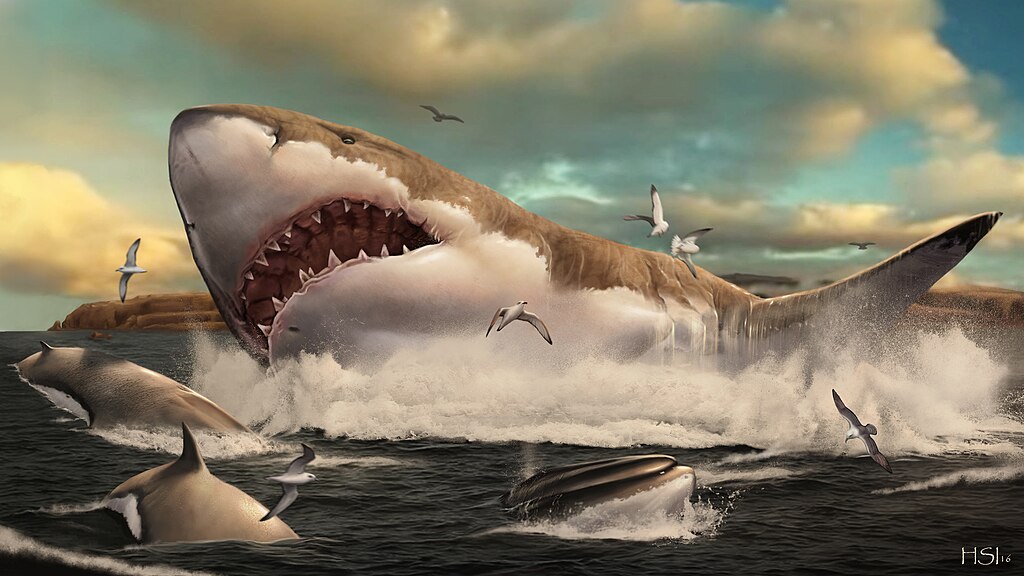
This giant shark wasn’t just massive—it had a bite that could snap a car in half. Scientists estimate its bite force at up to 40,000 pounds per square inch. For context, that’s over ten times more powerful than a great white’s bite. Megalodon was clearly more than a scaled-up predator—it was nature’s version of a demolition machine. It could crush whales with ease, and nothing in the ocean dared challenge it. Its disappearance left a power vacuum the modern seas still haven’t filled.
3. Woolly mammoths survived deep freezes like it was nothing.
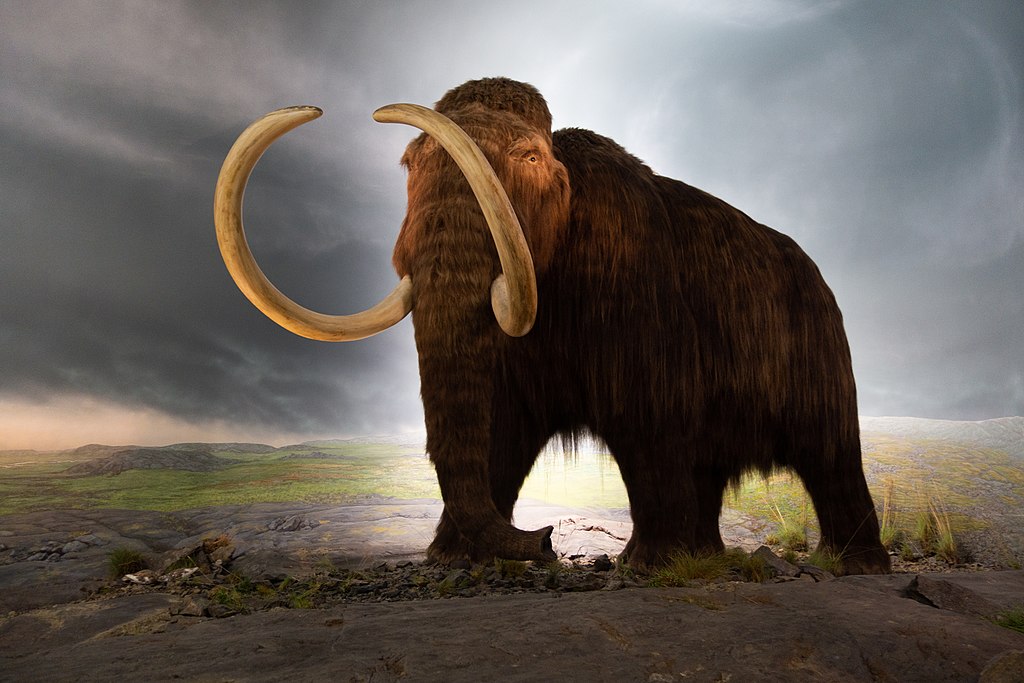
These Ice Age icons weren’t just hairy elephants—they were adapted to live in brutal, freezing conditions. Their thick, insulating fur, high body fat percentage, and clever heat-conserving circulatory systems meant they could stroll through snowstorms like they were on a casual walk.
While some animals today handle the cold well, mammoths were built for ice. No modern elephant could survive the climates they thrived in. If there were a medal for frost resistance, the mammoth would’ve earned it ten times over.
4. Helicoprion had a literal buzzsaw for a jaw.
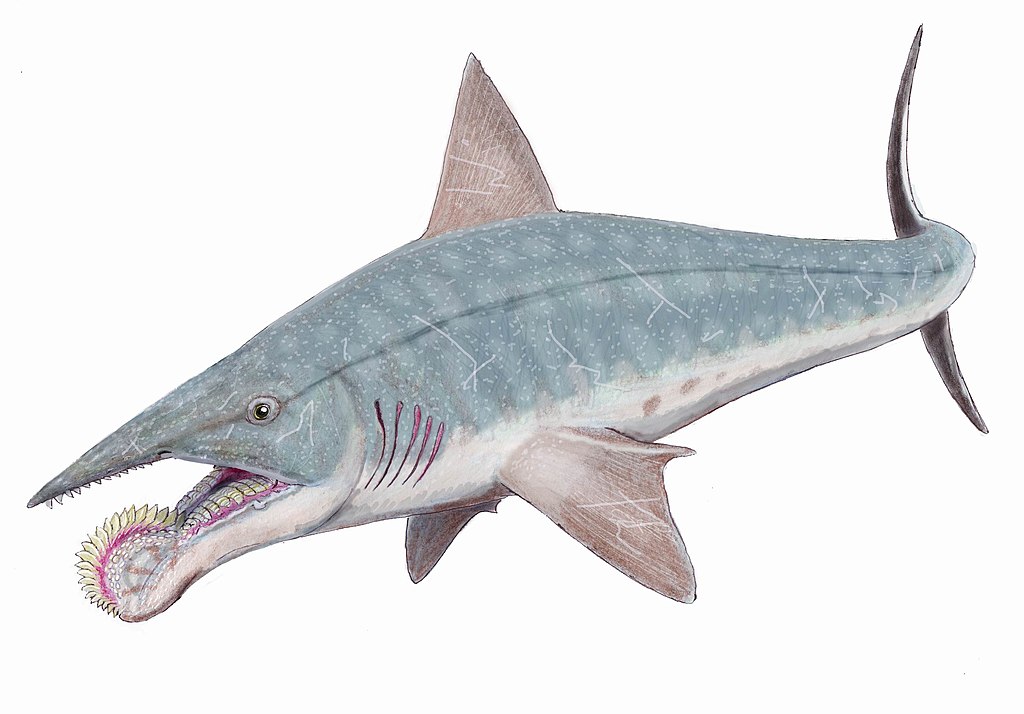
This bizarre prehistoric shark-like fish didn’t have rows of teeth like modern sharks. Instead, it had a single spiral of teeth—called a “tooth whorl”—that looked like a circular saw sticking out of its lower jaw. Yes, really. Scientists still debate how it used the thing, but the best guess is that it slashed through soft-bodied prey like squid with precision. There’s no modern sea creature with anything remotely similar. It’s like evolution briefly said, “Let’s try a power tool.”
5. Thylacine could open its jaw wider than most predators.
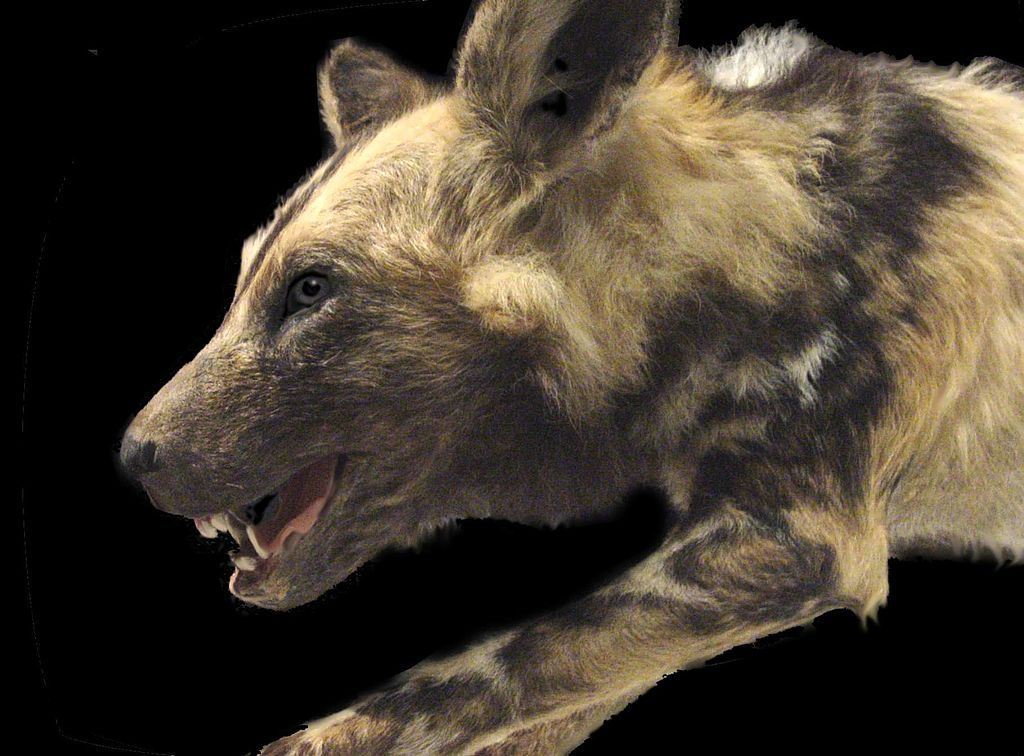
Also known as the Tasmanian tiger, this marsupial had a crazy jaw gape—up to 80 degrees wide. That gave it a huge advantage in grabbing and holding onto prey, something most modern predators simply can’t do to the same extent. Despite its dog-like appearance, the thylacine wasn’t even related to canines. It was a marsupial with a very specific trick up its sleeve—a hunting adaptation that let it take down animals much larger than you’d expect.
6. Quetzalcoatlus could soar for days without landing.

This enormous flying reptile had a wingspan estimated at around 10–11 metres. However, it wasn’t just big—it was efficient. Its lightweight bones, powerful wings, and streamlined body likely allowed it to fly hundreds or even thousands of kilometres without stopping.
Modern birds like albatrosses are known for long-distance flight, but even they don’t quite match what Quetzalcoatlus was capable of. It was the ultimate glider, capable of cruising over ancient landscapes like an airborne shadow.
7. Andrewsarchus had a nose for buried prey.
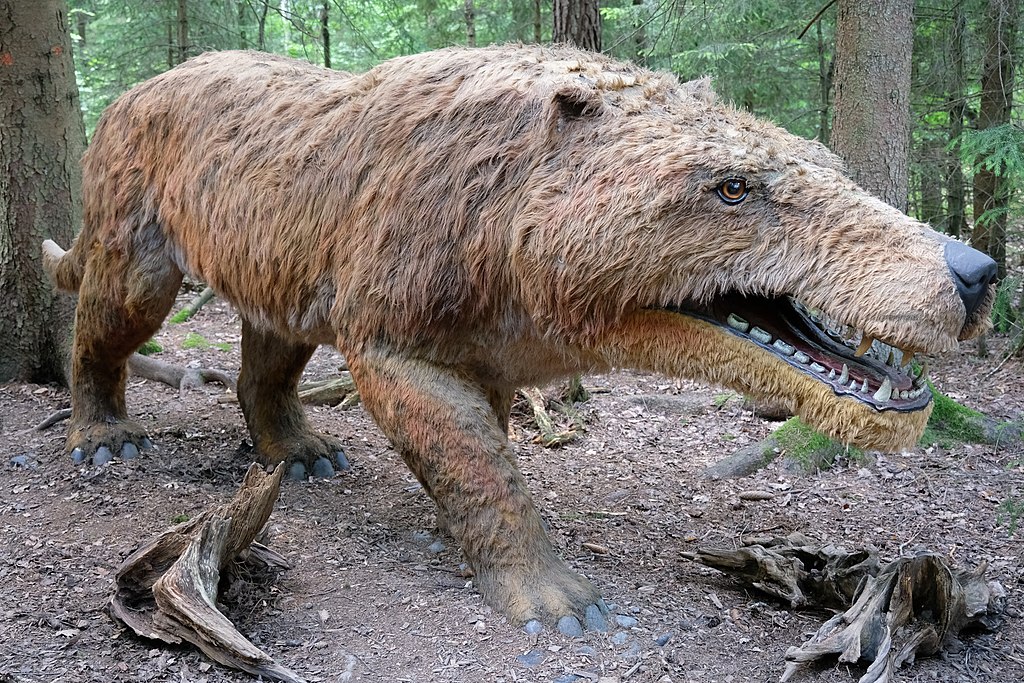
This long-extinct mammal wasn’t just large and powerful—it had an unusually developed sense of smell. It’s believed Andrewsarchus could sniff out prey hidden deep in sand or soil, similar to how today’s wild canids use scent, but on an even more exaggerated scale. Its skull shape suggests a massive olfactory region. Combine that with its powerful jaws, and you’ve got an animal that could both find and crush hidden prey in one go. It was like a bloodhound crossed with a wrecking ball.
8. Argentinosaurus grew to unfathomable size, but still moved with ease.
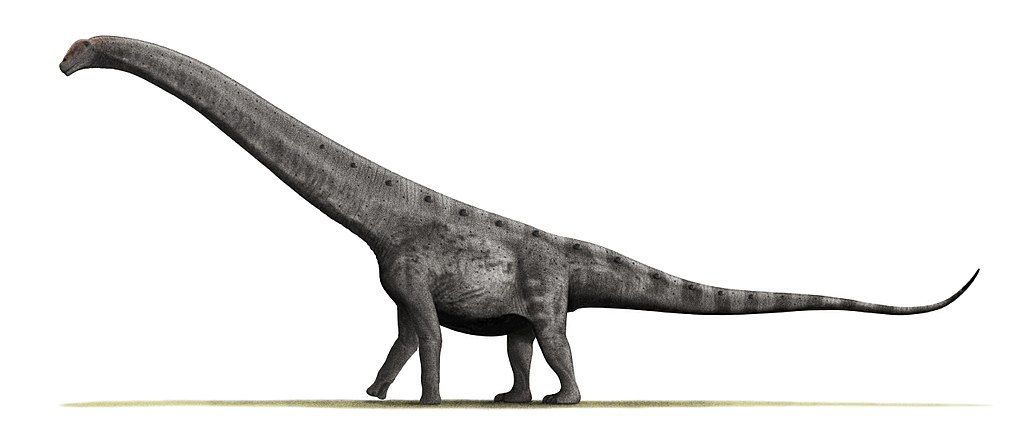
This sauropod dinosaur is one of the largest land animals ever to exist, estimated at over 100 feet long. Despite its size, it likely moved surprisingly smoothly thanks to strong pillar-like legs and a body structure designed for balance.
Nothing alive today even comes close in size or mobility. Most large animals today need rest constantly, but Argentinosaurus could probably keep plodding along at a steady pace, thanks to adaptations that made being gigantic surprisingly manageable.
9. Haast’s eagle could take down prey bigger than itself.
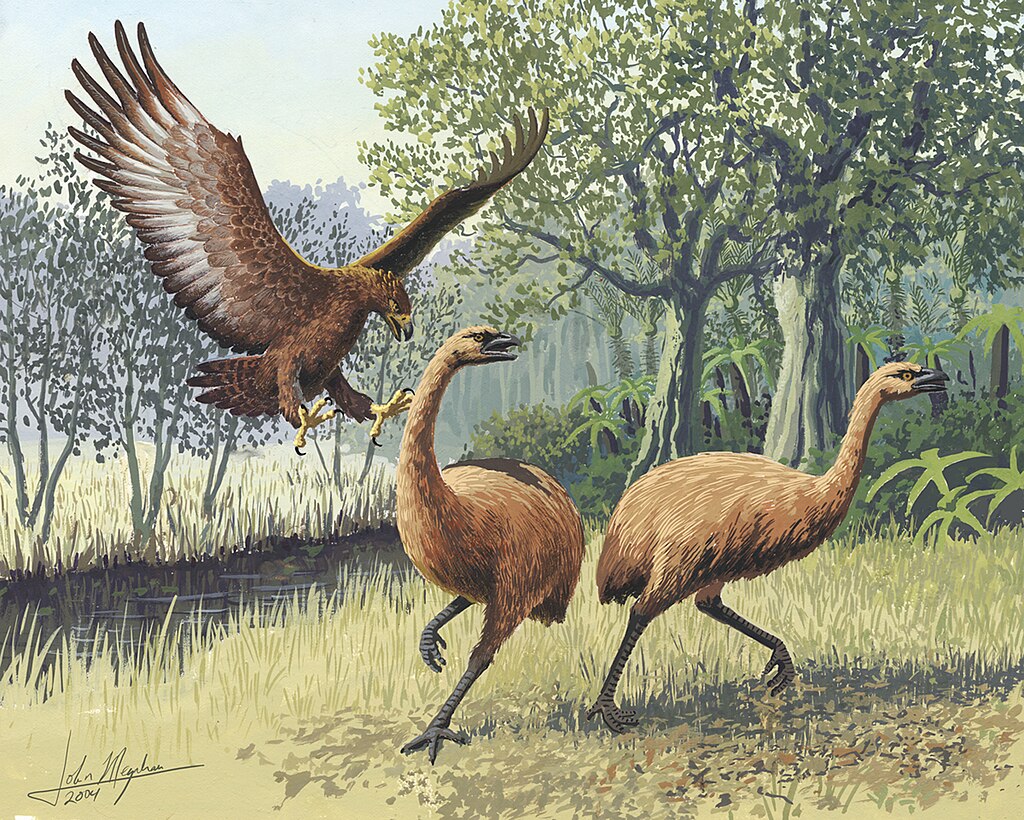
This now-extinct New Zealand eagle had a wingspan of about three metres, but it regularly hunted prey much larger than itself—mainly the flightless moa, which could weigh over 200 kilograms. That’s like a bird trying to take down a cow. Its claws were stronger than a modern-day tiger’s, and its attack strategy relied on speed, precision, and brutal force. No raptor alive today takes down prey this much bigger. Haast’s eagle was basically the apex predator of the skies.
10. Glyptodon had full-body armour and a clubbed tail.
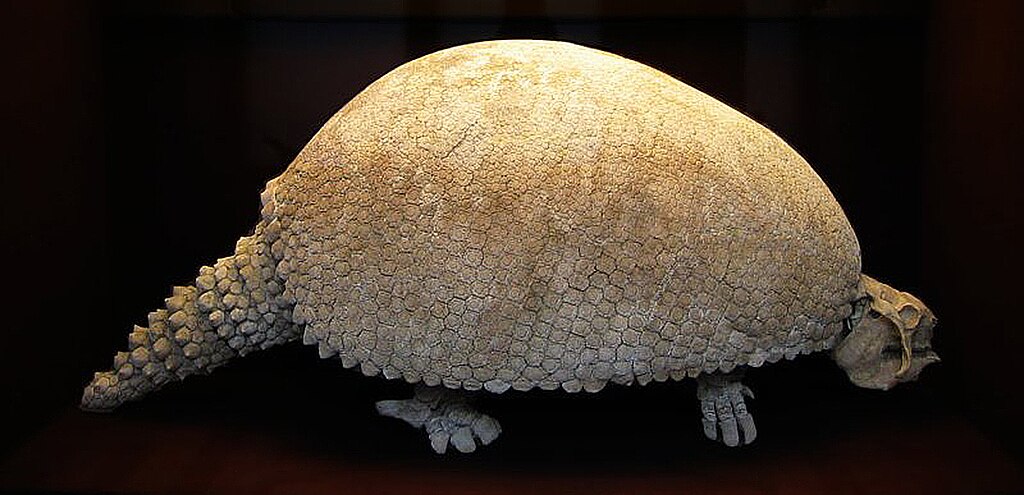
Looking like a crossover between an armadillo and a tank, the glyptodon was a walking fortress. It had a hard, domed shell and a tail that ended in a massive bone club. It wasn’t just about defence—this animal could deal some serious damage.
Modern armadillos still have some body armour, but nothing close to glyptodon’s level. This beast could hold its ground against large predators thanks to its mobile, armoured bulk. If dinosaurs had knights, glyptodons would’ve been the ones in shining armour.